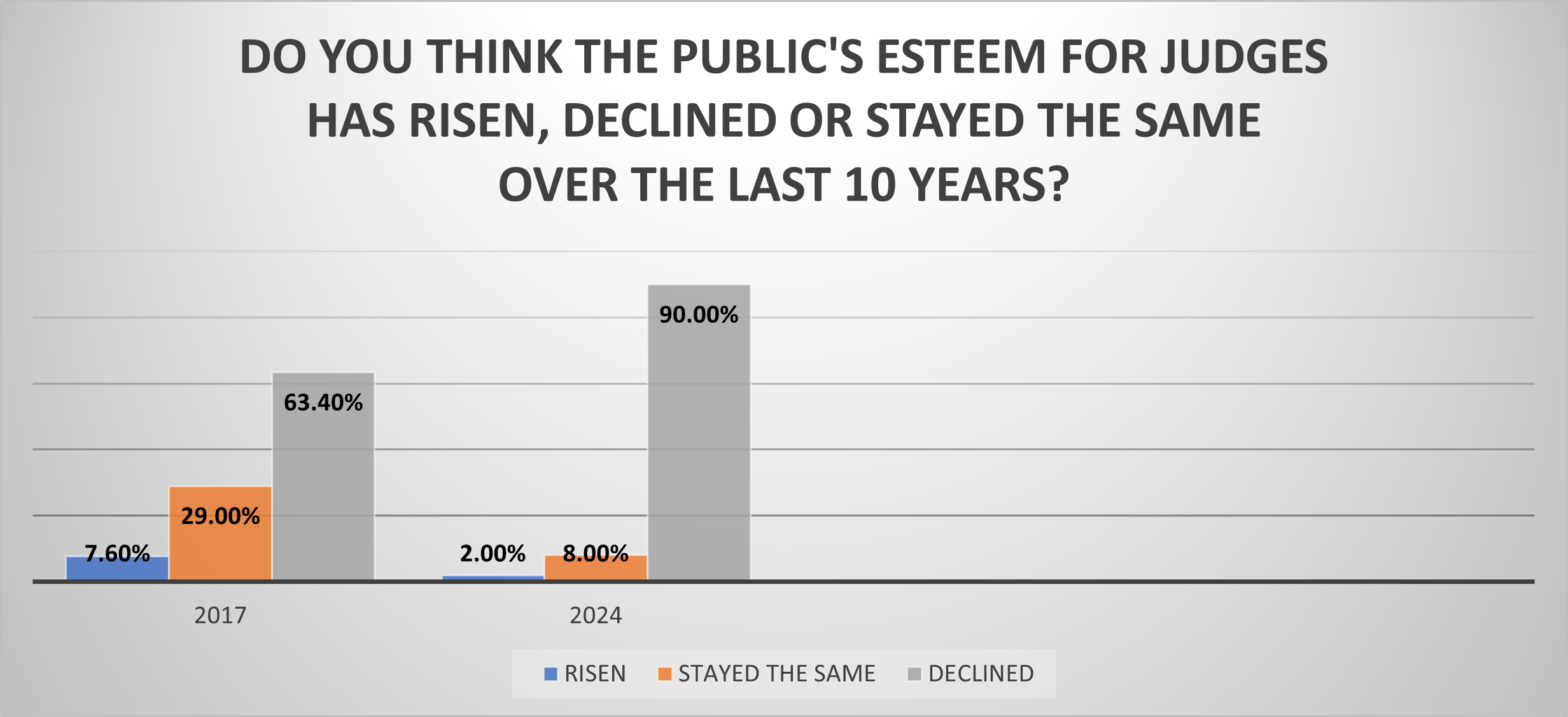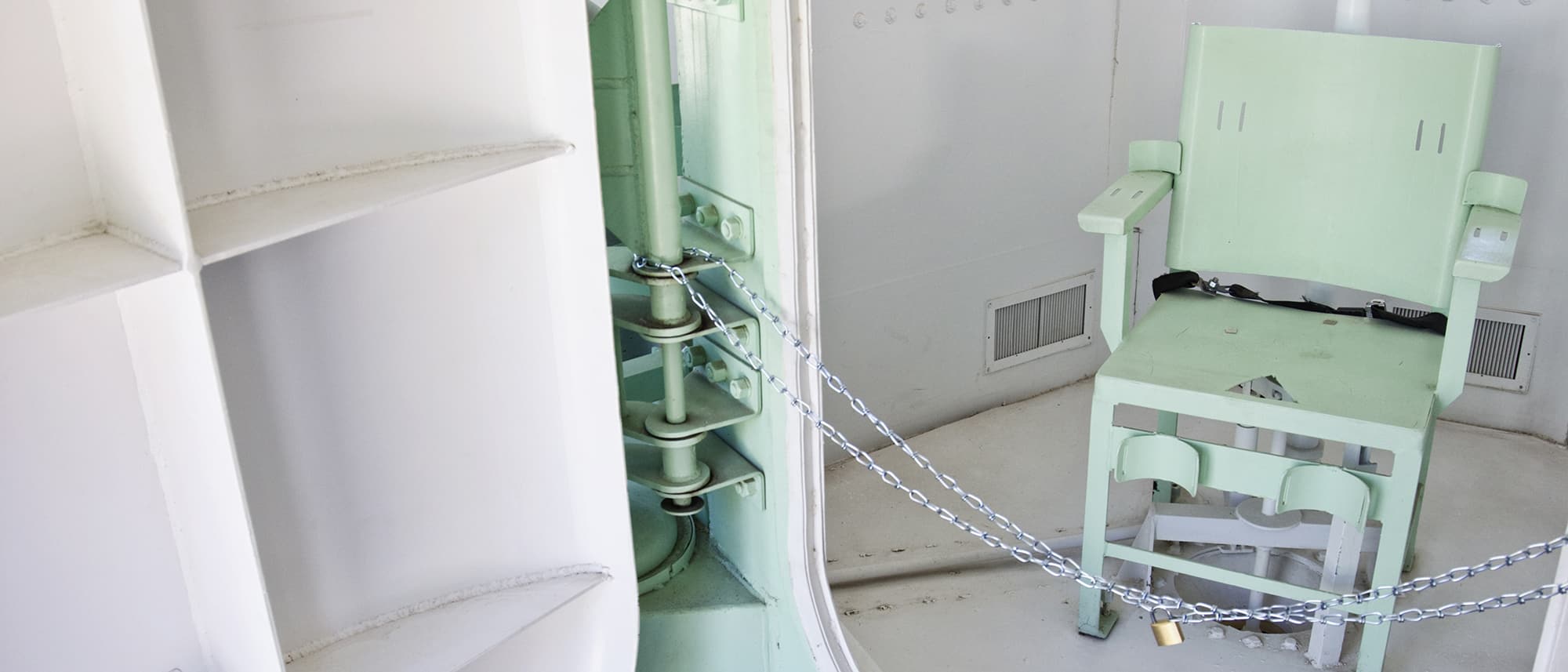
By Hon. David Prince
Every judge will be faced with a blocked-up docket at some point in their career, whether it’s of their own making or by inheritance. When you find yourself jealous of the storied one-armed paper hanger’s leisure time and your backlog is still growing, here are six sure-fire tips to tackle the beast.
1. Be an active case manager
The days of “they’ll call me if they need me” case management are long gone. If you have not seized control and begun actively managing your caseload, you are being managed by it. Every backlog has its unique causes, but nearly every backlog results from a lack of active management of the case’s progress by the judge.
2. Don’t be a whack-a-mole problem solver
With a big backlog, we often turn to the whack-a-mole system of handling emergencies: deal with whatever pops up in front of us at that moment. This is ultimately counterproductive. Take a break from the immediate work. Step back and look for the patterns that reveal the problems that created the backlog. Take a random sample of cases or the most troubled cases, dig into the history of a case, map its progress, and look for the opportunities to fix problems in the overall caseflow.
3. Systemization is critical
Every snowflake may be unique, but I can’t clear my walk one flake at a time; I’ve got to shovel. Yet modern cases don’t fit the cookie-cutter systems of steps and deadlines we used to have, and many cases really do need customized treatment. This need for systemization presents a central conflict in caseflow management. The trick is to have a systemized approach that provides structure for all cases but also lets you meet the specific needs of individual cases. This system needs to identify the cases, their place on the pathway, and their schedule for moving along that pathway. You also need to build in alerts for when your attention is needed.
4. Build your team
When you design your system, know that you cannot do this alone. You must involve your team, whatever your team may be. Evaluate how the case gets from the initial hands of the party to final judgment. What role does everyone play in that caseflow? Does each person know what to do, and when, to keep the cases and pleadings moving? Recently, I found I was spending far too much time on pleadings added to my inbox too early. Some I didn’t need to review at all. After meeting with my clerks and creating a new protocol, I saved 45 minutes of lost time per day.
5. Triage
We are tempted to prioritize the pleadings that have been waiting the longest. Focus on throughput instead of age. Work on tasks you can do quickly and efficiently (often the newest). Dedicate a certain amount of time to work on the old stuff. Use no more than that allotted time. Use the rest of your time to avoid growing the backlog.
6. Remember this concept
Learn and practice procedural fairness. This bench card co-produced by the NJC is a good place to start. In the long run, you will reduce the issues that require your attention.
If you are not actively managing your cases, chances are you are being managed by them. Effective Caseflow Management will give you all the tools you need to manage your docket, from caseflow systemizations to standardized performance measures.
Offered June 4-7, 2018, in Reno, Nevada
Click here for more information or to register


RENO, NV (PNS) – As they eye their inaugural football season this fall, the Gaveliers have question marks...

RENO, Nev. (March 8, 2024) — In what may reflect a devastating blow to the morale of the judiciary, 9 out...

In what may reflect a devastating blow to the morale of the judiciary, 9 out of 10 judges believe the publi...

RENO, Nev. (Jan. 26, 2024) — The nation’s oldest, largest and most widely attended school for judges �...

RENO, Nev. (Feb. 7, 2024) — National Judicial College President & CEO Benes Z. Aldana received the Am...
